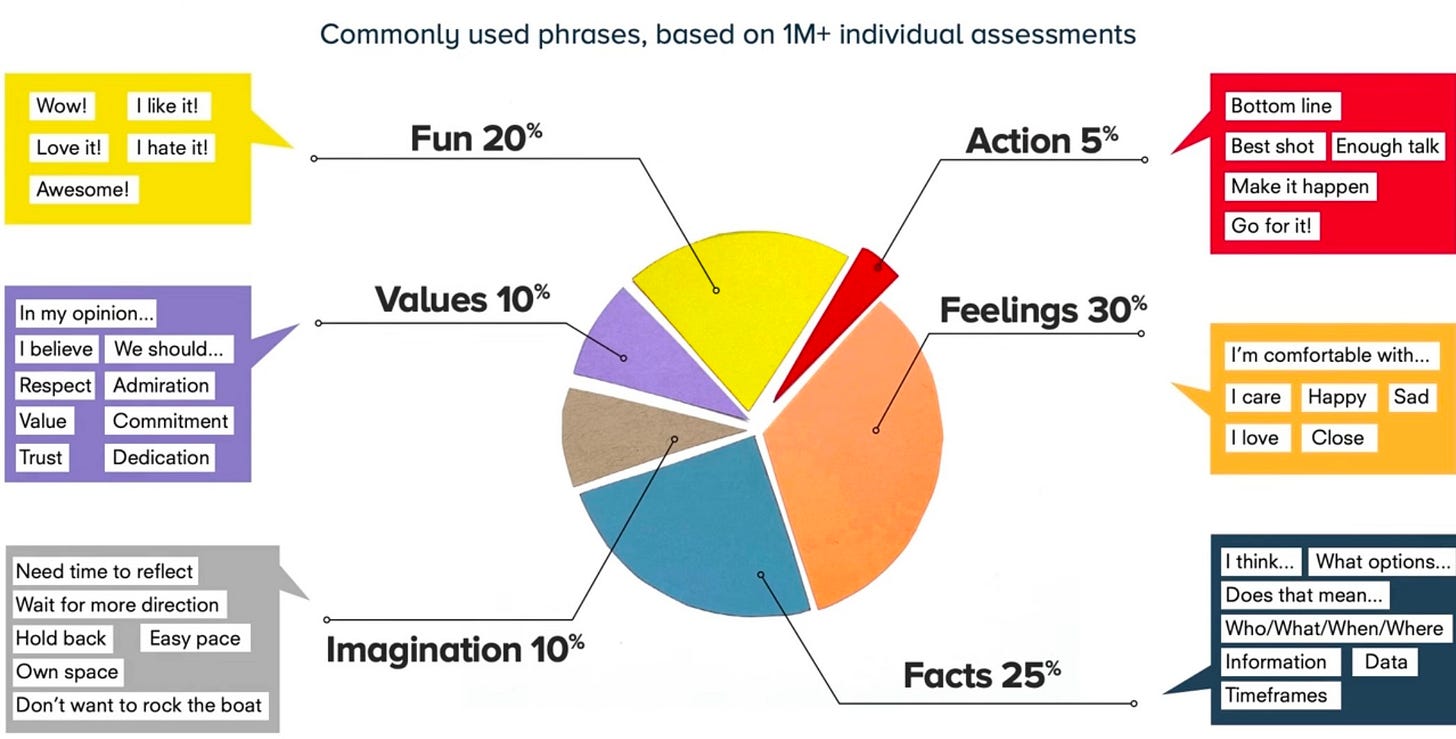The Science of Going VIRAL: Unlocking the Secrets to Social Media Success
Insights from marketing expert Brendan Kane
“Most people have great content. It’s not the content it’s the context of how you are representing that content that drives the performance.” - Brendan Kane
In today's digital age, "going viral" has become the holy grail of social media success. But contrary to popular belief, viral content isn't just a matter of luck or chance according to Hook Point’s Brendan Kane.
There's a science behind it, and understanding this science can be the key to unlocking your brand's potential on social media platforms.
Understanding the Algorithm: Your New Best Friend
At the heart of social media success lies the algorithm. These complex systems control the reach and distribution of your content, determining whether your post is seen by a thousand people or ten million. That being said, algorithms aren't out to get you - they're actually designed to be your partner.
The primary goal of social media algorithms is retention. They want to keep users on the platform for as long as possible, which means
algorithms favor content that grabs and holds attention.
By creating content that aligns with this goal, you're not fighting the algorithm - you're working with it.
The Three Pillars of Viral Content
To create content that algorithms love, focus on these three key pillars:
Grabbing Attention: Your content needs to stop the scroll in the first 3 seconds.
Attention with Substance: It's not just about clickbait though - your content needs to deliver value.
Monetizing Attention: While not every post should be selling something, there should be a solid business foundation behind your content strategy.
Mastering the Format: The Key to Consistent Virality
One of the most crucial insights in the science of going viral is the importance of mastering a single format. Unlike trends, which are fleeting and have a limited shelf life,
formats are storytelling structures that can work for any subject matter and last for years or even decades.
Take, for example, the visual metaphor format used by Dr. Julie Smith, a clinical psychologist who has found massive success on TikTok. By consistently using this format to explain complex psychological concepts, she's been able to generate millions of views and build a substantial following.
The Power of Qualitative Analysis
While many brands focus solely on quantitative metrics like views, likes, and shares, the real insights come from qualitative analysis. This involves looking at both high-performing and low-performing content to understand what drives success.
For instance, in Dr. Smith's case, her video using a wastebasket to explain trauma processing garnered 12 million views, while another using toy cars to explain mindfulness only reached 13,000 views.
The difference? The high-performing video had clear visual storytelling, involved manipulation of objects, and created tension - all elements that grabbed and held viewer attention.
The Communication Algorithm: Speaking Your Audience's Language
Another crucial aspect of creating viral content is understanding how different people perceive and process information. Based on a study of 1.5 million communication assessments, there are six primary ways people engage with content:
Feeling-based (30%)
Fact-based (25%)
Fun-based (20%)
Value-based (10%)
Imagination-based (10%)
Action-based (5%)
By creating content that appeals to these different communication styles, you can reach a broader audience and increase your chances of going viral.
Putting It All Together: The Viral Content Model
To consistently create viral content, follow this research-based model:
Start with thorough research to understand what's working in your niche.
Generate ideas based on this research.
Produce a single piece of content at a time.
Review the results in detail.
Iterate based on your findings.
This approach saves time, money, and resources by ensuring you're only producing content that has a high likelihood of success.
Real-World Success Stories
The power of this scientific approach to viral content is evident in numerous success stories.
For instance, Tanner Leatherstein, a leather craftsman, went from 2,000 followers to 2.5 million by adopting the "Is It Worth It?" format. He deconstructs luxury handbags on camera, providing valuable insights to his audience without directly selling his own products.
This not only boosted his following but also translated directly into increased sales and even spawned a new business.
Similarly, a vitamin supplement company saw their revenue increase by over 30% after implementing these strategies, while a brand new YouTube channel generated 10 million views on one of their first videos.
Again, at the end of today’s post, I’d like to shout out for Oscr:
Oscr is at your service!
We know that “authenticity” is king. And hence,
We specialize in the research phase of your content creation tasks.
We believe helping you digest, organize, and curate your source materials effortlessly and present you a good baseline will 10x and maybe 100x your throughput.
By streamlining this part of your workflow, you gain more time to focus on crafting compelling hooks, telling unique stories, and growing your business.
Thank for tuning in here at Oscr blog.
Linkedin with me here!
Conclusion: Viral Success is Within Reach
Going viral isn't about luck or magic - it's about understanding and applying the science of social media success. By focusing on creating content that algorithms love, mastering a specific format, and communicating in a way that resonates with your audience, you can dramatically increase your chances of going viral and achieving your business goals through social media.
Remember, content doesn't go viral when a creator gets lucky. It goes viral when the creator understands and applies the science behind virality. So start applying these principles today, and watch your social media presence soar!
P.S. Today’s post is generated with the help of Oscr. Thank you!🤓








